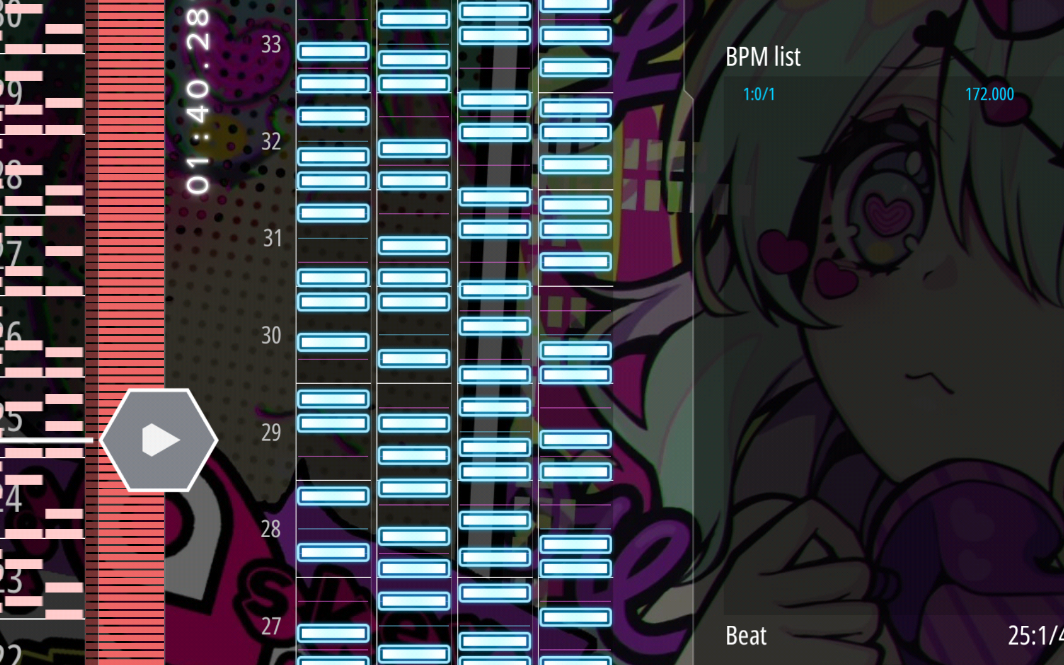
We simply follow my plan and then I email practice notes to their parents afterwards.Īdditionally, I must remember that H is only four years old, and she has a short attention span, as most kids that age do, so we usually work for 15 minutes, take a break while her mom and I chat, and then work for 15 more minutes, which I think is fantastic for a four-year-old. Sending the lesson plan prior to the lesson isn’t necessary for my older online students. Often, I plan too many things to be accomplished in the lesson, because it does take a little longer to communicate concepts online, so I make changes to the assignment sheet and email the updated copy after the lesson. One of the reasons for this is because I have to lead her to complete tasks by giving her these detailed instructions, and it just takes longer! I email a copy of the assignment/task sheet to H’s mom before each lesson so she can follow along and be sure H stays on task through the lesson. Why? Because it often takes longer to teach concepts and pieces in online piano lessons than it takes in person. Play the song and sing the words, then play along with your practice track at the Practice Tempo first, then the Performance Tempo.įocus and flexibility are especially important in online piano lessons.Remember to move lower for each group of notes. Find your Hand Position (look at the small keyboard on the page).

Will you need 2 black keys or 3 black keys?.Which fingers play? Wiggle the fingers that play this song.Will they move higher or lower on the piano?.Are they moving higher or lower on the page?.Say the words while tapping your fingers.Listen to the music and tap your fingers while saying finger numbers.For example, here are questions I ask her and directives I give her as we begin learning “Treasure Map” (Alfred’s Premier Lesson Book 1A page 8), after we’ve talked about the title of the piece, going on a treasure hunt, pirates, and other things that 4-year-olds love to interject: My questions must be very clear, and I must wait until she has finished playing or talking before I speak or play, because she can’t hear me otherwise.įor each page in the Lesson Book, I create a list of questions and instructions for H. It is important to use a specific protocol for introducing new concepts and piecesįor H, as well as other young beginners, I must create extremely detailed practice steps to use during the lesson and during the week, since I am not there in person for a hands-on lesson. These things make them really great online piano students! These three girls are hard workers, their parents are always very close by if they need assistance with moving the iPad or playing an accompaniment track, and we have so much fun during their lessons. In this article, I’ll be commenting on three students ages 7, 10, and 11. I currently teach all of my students online, ages 5 to 82. So far, H has been the ideal client for online piano lessons! Parental support is essential, and H is blossoming because of it. Additionally, her mom sits with her during each lesson to help out when needed.Home-schooled by her mom, a former elementary school teacher.

#Malody online series#
H is responding well to this series for many reasons. One particular student I am teaching online at the time of writing this post is four years old (she will be five next month), and we are using A lfred’s Premier Piano Course, Level 1A. It is important to identify the best potential clients for online piano lessons In this post I’ll share a few of my own experiences teaching online piano lessons: finding the right clients, introducing concepts in online lessons, visual aids, having online students perform in your studio recitals, what to do when your screen freezes, and more. Thanks to videoconferencing tools such as Zoom, Skype, FaceTime, and many others, teaching online piano lessons is becoming more and more popular among teachers all over the world.


 0 kommentar(er)
0 kommentar(er)
